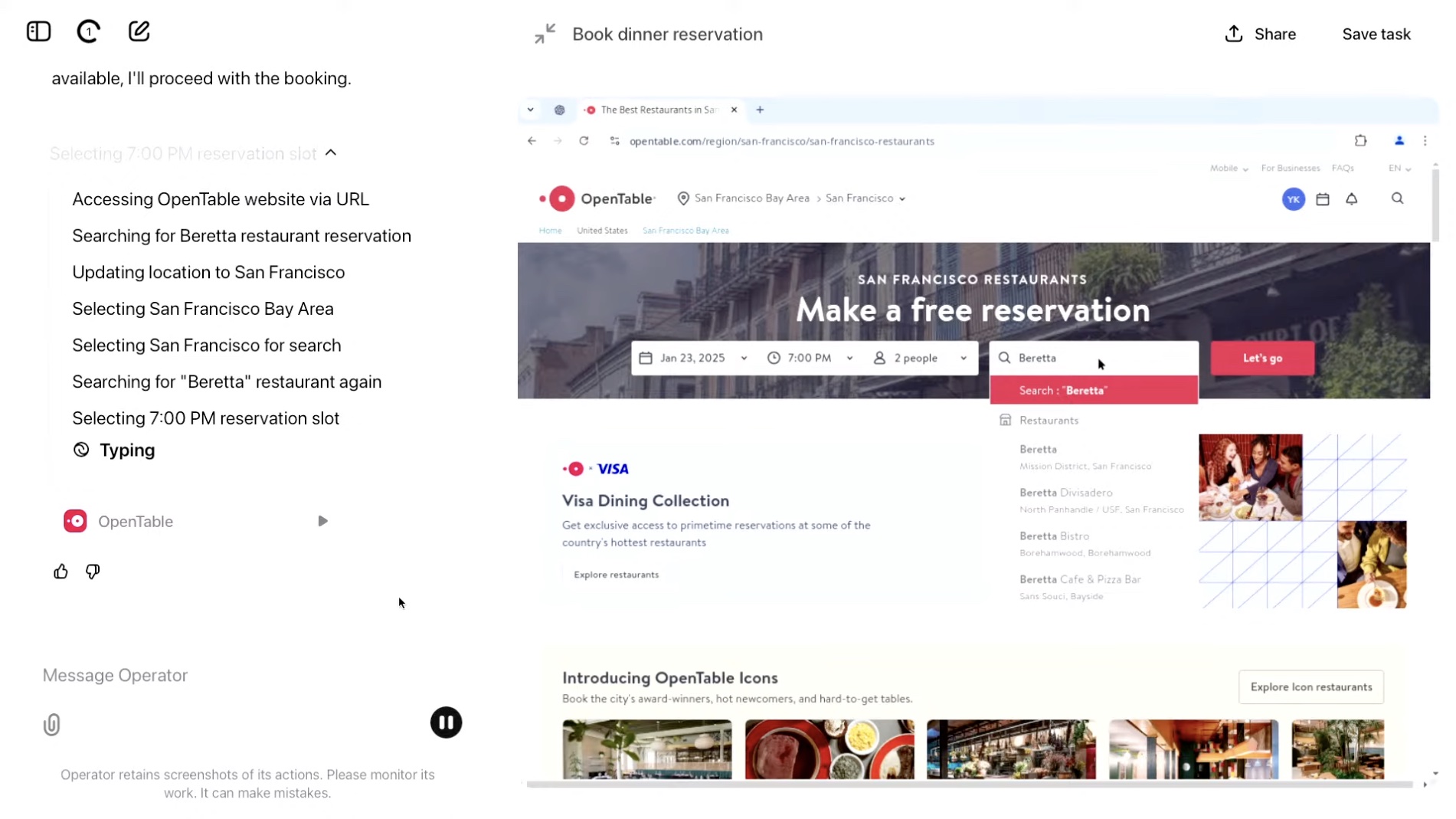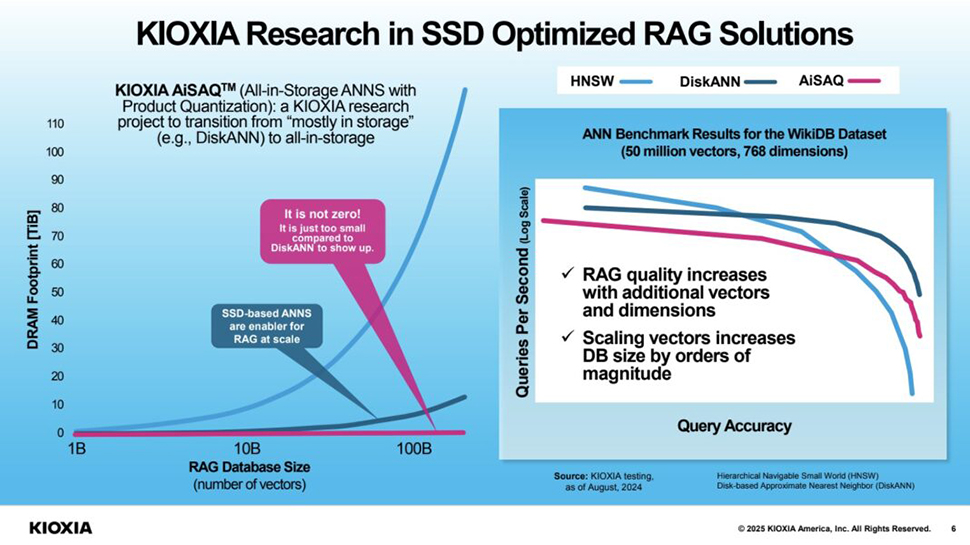As expected, OpenAI has released its first autonomous AI agent, called Operator this week. Operator can act independently from you on your computer using a web browser doing pretty much anything that can be done in a web browser.
So, it can perform tasks like booking a restaurant table or buying groceries. You just tell it what you want it to do, and off it goes like a faithful Internet-enabled butler that potters away until the task is complete or it needs to come back to you with a question. Say, there’s no table available at 7.00pm, would Sir or Madam mind a 7.45pm table instead?
Of course, Operator doesn’t call you Sir or Madam, but it might as well. For all intents and purposes, this is the Internet butler that we were promised almost 30 years ago when Ask Jeeves was around.
Do you remember Ask Jeeves? It was a search engine from 1997 that had an image of an actual butler who stood ready and willing to find things for you online. The character was named after Jeeves, Bertie Wooster's valet in the fictional works of P. G. Wodehouse. Instead of typing in search terms, Ask Jeeves encouraged you to search for things using natural language questions, like “Find me the perfect accompaniment to a roast dinner.”
Of course, we all know that Google won the search engine war, and in 2006, Ask dropped the Jeeves persona and just became Ask.com. But somehow, we’ve come full circle with AI, and thanks to technologies like ChatGPT search and Perplexity, searching using natural language requests is back in fashion. As our Internet butlers, except now we call them AI agents...

AGI is the real goal
It’s no secret that Sam Altman and OpenAI are really interested in AGI, artificial general intelligence, also often referred to as superintelligence. This is the ultimate goal for OpenAI, and why it was founded. Chatbots like ChatGPT might have taken the world by storm, but their popularity is almost like an unintended consequence (a theme I’ll return to later) of the race toward AGI.
In a video to promote the release of Operator, one of the OpenAI employees sitting next to Sam Altman comes right out and says, [Operator is] "about removing one more bottleneck in our path to AGI.”
While agents are clearly exciting, they’re not the destination for OpenAI; they’re just one more step along the path. AGI has the potential to change our world radically. Once we have created an artificial intelligence that’s smarter than we are, logically it should be able to construct even smarter versions of itself, and the level of intelligence rises rapidly.
We’ve just got to hope that it doesn’t decide to wipe us out. Not to worry you, but Geoffory Hinton, often referred to as the ‘Godfather of AI,’ recently upped his odds of technology wiping out humanity to 20%.

And this is where we return to the theme of unintended consequences. Many experts see AI agents as a threat. While speaking at the World Economic Forum in Davos this week, artificial intelligence pioneer Yoshua Bengio warned that AI agents could be catastrophic for humanity.
Speaking to Business Insider, he said, "All of the catastrophic scenarios with AGI or superintelligence happen if we have agents." Bengio would rather we continue towards building AGI without using agents, which allows them to do things autonomously. "All of the AI for science and medicine, all the things people care about, is not agentic," Bengio said. "And we can continue building more powerful systems that are non-agentic."
Humanity's downfall
So, could it really be that something designed to act like an Internet butler and do menial tasks like help me buy my groceries accidentally gives AI the power to take over the world?
For now, it’s hard to imagine how an automated program that slowly plods through the process of booking me a table at a restaurant using a web browser is going to end in humanity's downfall, but AI agents will live or die by one thing - if people actually use them – and I’m not entirely convinced they will.
Personally, I don’t feel ready to hand over my credit card details to a computer program that will buy things for me to save me time because I’m just not sure I’m ever going to trust it not to make a mistake. Would you?
Perhaps OpenAI needs to give its Operator a more human face if it wants me to trust it, and as it turns out, I believe that good old Jeeves might be looking for a job these days...
You might also like
from Latest from TechRadar US in News,opinion https://ift.tt/vuXCbGK


